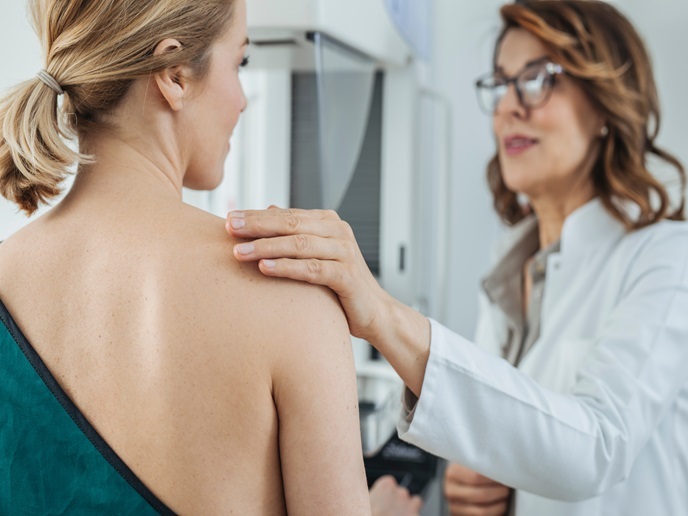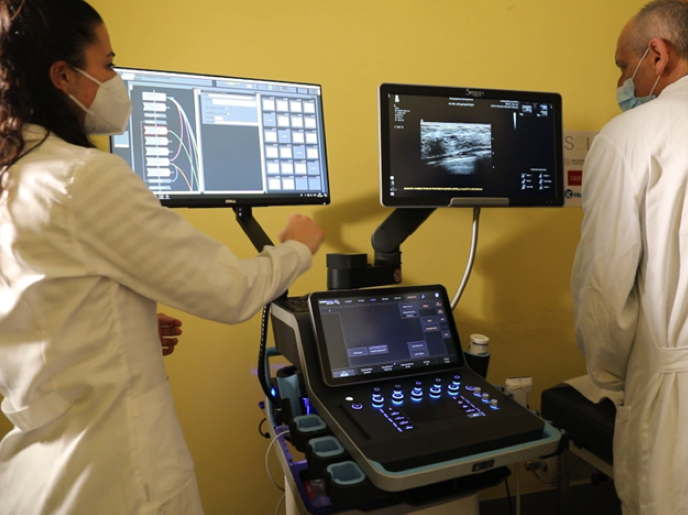Autophagy in radiation toxicity
Breast cancer has a high incidence among women but also an exceptionally high five-year survival rate if diagnosed early. Treatment by radiotherapy is essential at different stages of the disease, and the outcome depends on the sensitivity of the cancer and normal tissue to the ionising radiation. Despite the promising nature of radiotherapy, little is known about how it mediates toxicity. The EU-funded HORAY (Role of autophagy and lysosomal biogenesis in hypoxia and radiation-induced cell death in normal and cancer cells) project set out to study how ionising radiation interacted with autophagy and lysosomal biogenesis. Autophagy constitutes the natural deconstructive mechanism by which cells degrade and recycle their own components in specific vesicles that ultimately fuse with lysosomes. To investigate the radiation interaction with the autophagic/lysosomal machinery of normal tissues, researchers developed a liver organoid model and a humanised mouse model. They studied the mechanism of radiation toxicity and wished to develop new compounds with a radiation protection effect. Their results indicated that microenvironment-mediated stress such as hypoxia, glucose and glutamine deprivation regulated autophagy and lysosomal biogenesis. In addition, they identified a prognostic role for autophagy in breast cancer. This observation alongside novel targets suggested new avenues for anticancer therapy that radiosensitise tumour cells while selectively protecting normal tissues. Future clinical trials with molecules targeting autophagy and lysosomal biogenesis in the field of radiation oncology and chemotherapy will improve outcome and reduce toxicity. Such pharmacological or molecular interventions will enhance the efficacy of cancer radiotherapy







